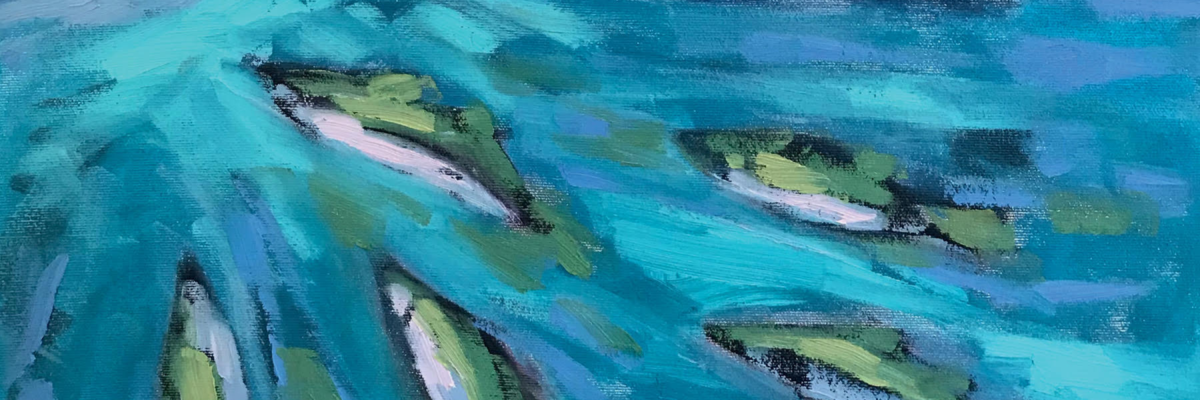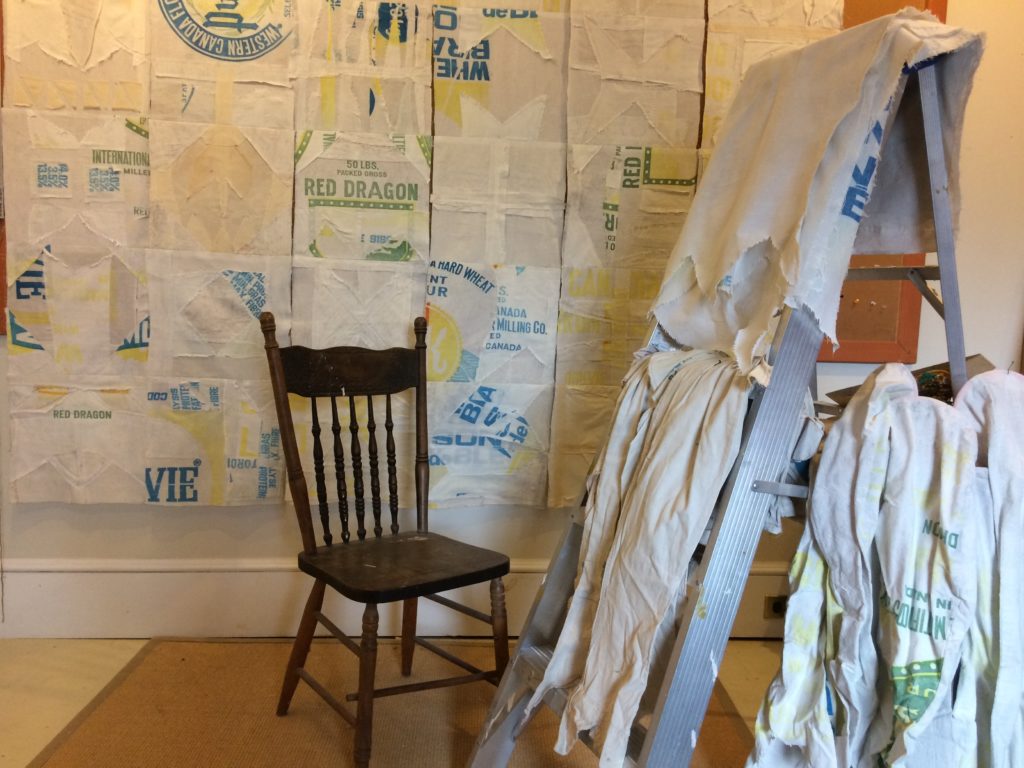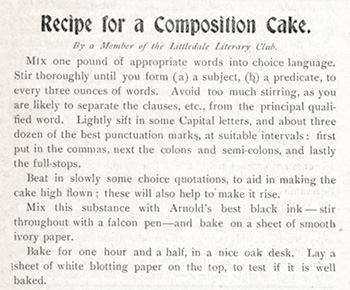Cod Collapse
February 2020
Jenn Thornhill Verma examines lessons, legacy in Cod Collapse
Where did the inspiration for this book come from?
Cod Collapse is about one of the greatest collective traumas in the history of Newfoundland and Labrador – the cod moratorium. Twenty-five years on, this event marks the greatest numerical reduction of a species (northern cod) in Canadian history. The moratorium the federal government called on July 2, 1992, is also the largest industrial layoff the country has experienced. Most of the coverage has focused on the science (How did it happen?) and politics (Who can we blame?). My book is about the people (What happened to Newfoundlanders?). Telling the human side of this story presented challenges because the collapse was not an act of god—and yet, for those who lost their livelihoods overnight, it surely felt that way. There are some whose names live only on the page now (my father died just as I was editing), so I was particularly motivated to draw meaning and discover where and who I came from as well as what could be learned from the cod collapse. At a time when overfishing continues, the ocean is warming and every seafood species in the Northwest Atlantic is below its historical levels of abundance, the opportunity to prevent another disaster of this magnitude remains ours, as Newfoundlanders, Canadians and global citizens.
How did you research it?
Visiting lots of places, talking to many people and scouring plenty of paper – that’s how my book, which combines historical nonfiction, narrative, and memoir, came to fruition. I travelled across the island portion of the province to meet the main characters and visit their communities. My family members joined me, and I later painted oil landscapes on canvas, which added to my analysis and use of descriptive language. In addition to my own family’s story, I share the stories of a fisher, singer-songwriter, photographer, and whale-watcher. Each of our lives were shaped by the fishing roots of our families and communities. In order to tell the larger story of the cod moratorium, I drew from the insights of historians, researchers, authors, and journalists, who’ve recorded every angle in precise detail. I also relied on works of nonfiction to understand how to report disasters at sea no one survived to tell. The most interesting part of my research revealed why this was still a story a quarter of a century after-the-fact. Even with the benefit of hindsight and improvements in wild fisheries science, for example, my research revealed that the systems that allowed the cod collapse to happen remain largely intact.
How did you go about incorporating your personal story?
At the outset of the book, I describe a stark realization of having more family members six feet under than living in Little Bay East, the community on the Burin Peninsula that connects me to my fishing roots. I later share the story of walking along the fishing wharf with my paternal grandfather, the last fisher in our family. Pop, as we called him, died five years before the cod moratorium. It was a family loss somehow foreshadowing a population’s loss. Then, when I was twelve and the federal government called a moratorium on cod fishing, it felt as though my home was losing its identify just as I was coming into my own. I think many Newfoundlanders can mark the days leading up to and following the cod moratorium with similar reflections. The cod collapse was personal even for those who experienced it predominantly on their supper-hour news. Who could forget the images of fishers hauling up their empty nets and traps, shuttering their homes, closing the fishing wharves and plants where they gathered and worked, and leaving their communities and the province behind? At first, I hesitated to tell my personal story, but the book required me to knit and stitch together the stories of the main characters, which already made me a part of it, narrating the scenes. Doing so, also brought a female voice to a shared history almost entirely recounted by men. Beyond my words, there are other personal elements throughout the book too. For example, the publisher granted room to feature family photos, my landscape (cover) art and my sister, Natalie Thornhill Pirro’s, line drawings, which begin each chapter.
How did you decide on the book’s organization?
I begin with what connects my family to the cod collapse in Roots, the first of three sections. I draw parallels with our broader shared history – the evolution of the cod fishery from a migratory to a resident (settler) fishery; the ups and downs of the ever-changing fishing industry; the fiscal and political context when Newfoundland joined the Canadian Confederation, granting responsibility for the fishery to Canada; and the earliest warning signs a collapse of the east coast cod fishery was on the horizon. In the second section, Resurgence, I introduce fisher Brad Watkins, who started fishing with his father in Central Newfoundland just as most were exiting the fishery. Then, I turn to Wayne Maloney, who sets out in the boat he built in Bay Bulls, just as his father did, only Wayne sets out to view sea-life (he’s a tour-boat operator) rather than harvest it. In the last section, Revival, we meet two artists whose works capture the cod collapse as it was then and now. Wayne Bartlett from Quirpon, the most northerly fishing community on the island portion of the province, wrote what is arguably the anthem of the cod moratorium with his song, She’s Gone, Boys, She’s Gone. April MacDonald’s photography of communities uprooted and abandoned in post-Confederation resettlement programs (like her own family’s home on Wood’s Island, on the west coast of Newfoundland), share physical and familial reminders of that time. I continue weaving my own story throughout the book, closing with reflections that span from bleak if-we-continue-to-do-nothing scenarios to hopeful let’s-do-something scenarios.
What has been the response to the book?
I’m grateful for every word of praise I receive, and they have come from a seasoned fisheries scientist, an adored musician and author, as well as others I admire, be they writers, journalists, researchers, and politicians. I’ve been fortunate to receive comments and photos from everyday readers too telling me why the book resonates or how it was a gift for their father or was their recent storm read. For me, the greatest compliments come from those who granted me their time and trust, allowing me to interview them and share their story on the page. It’s also quite a thing to walk into a bookstore and see my book on the shelf. Mostly, I’ve found it in “local interest” sections, but I do hope people see it as a national story because it is. All over this country there are slow-motion catastrophes like the cod collapse happening right under our noses. If we don’t pay adequate attention, then we already know what the consequences can be. Why wouldn’t we want to benefit from the 20:20 vision hindsight provides us?
Jenn Thornhill Verma is a journalist and landscape painter from Newfoundland. She holds a Master of Science in Medicine (Memorial University of Newfoundland) and a Master of Fine Arts in Creative Nonfiction (University of King’s College). Her writing has appeared in such publications as Downhome, [EDIT], Explore, Maisonneuve, Newfoundland Quarterly, Reader’s Digest, Saltscapes, The Telegram, and The Independent (NL). In 2019, she was a nominee for Best New Magazine Writer (National Magazine Awards) and Best Profile Article (Atlantic Journalism Awards). Her first book, Cod Collapse: The Rise and Fall of Newfoundland’s Saltwater Cowboys, was released in October 2019 (Nimbus Publishing), which is also when her artwork was featured in her first solo art show entitled, Downhome Seascapes, at Santini Gallery in Ottawa.




